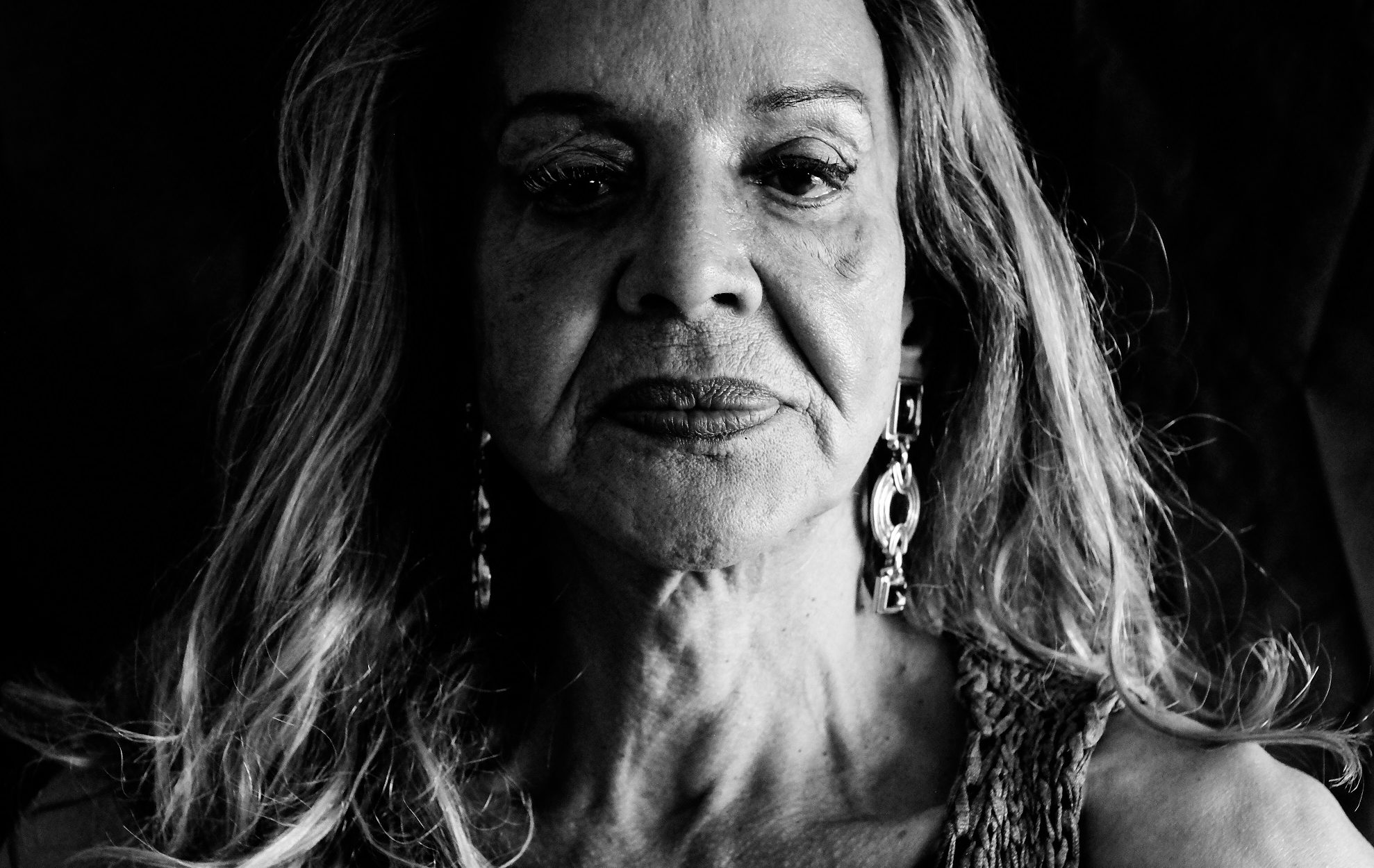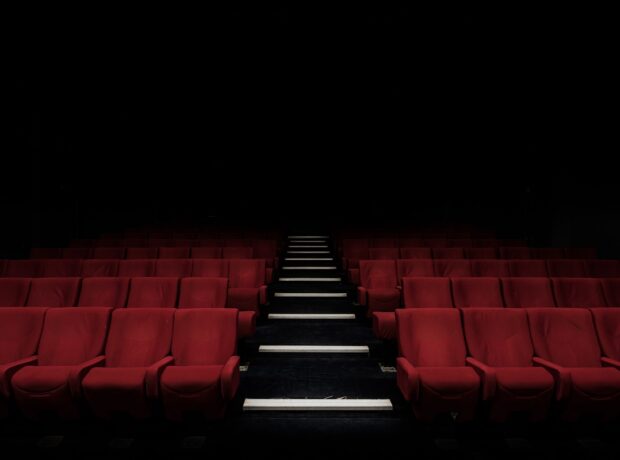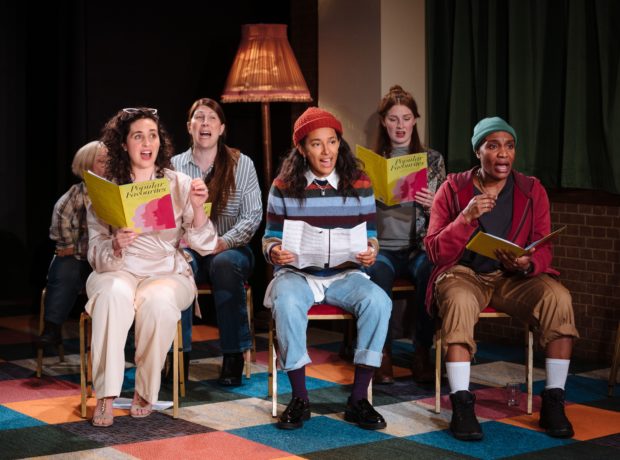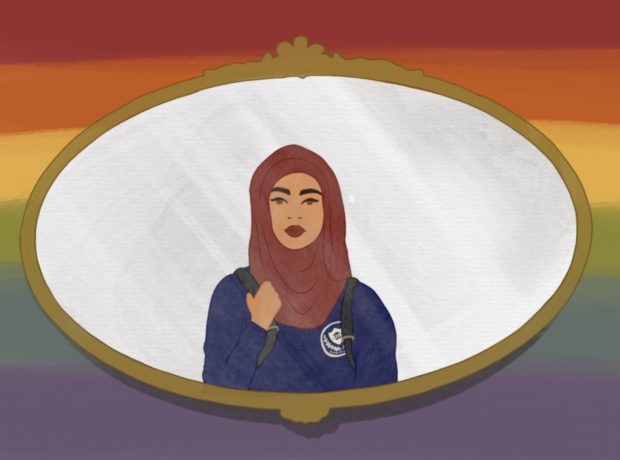Forty years ago Spain repealed the homophobic laws that branded LGBT people a “social danger”. Photojournalist Luca Gaetano Pira marks the anniversary by sharing the portraits and memories of six survivors.
Four decades have passed since the abolition of Spain’s so-called “Social Danger Laws” (ley de peligrosidad social) in 1978.
At the time, under dictator Francisco Franco, homosexuality was considered a threat to the ideal of a “macho” Spanish male and an attack on the morals and integrity of the Spanish people.
See below the stories of six survivors including a transgender woman born to a Gypsy family, one of the organisers of Spain’s first LGBT pride parade and a gay Carmelite priest.
Franco’s regime represented a period of severe persecution and oppression of Spain’s LGBT community (as well as of women and of the working class).
After the end of the civil war, many LGBT people were punished by the state simply for being gay.
They were imprisoned and tortured along with tens of thousands of political dissenters, anarchists and leftists.
Franco pursued a social model consisting of a submissive and accommodating woman, a masculine and dominant man (with no feminine traits) and the ever-present Catholic morals, used as a means of repression against gay people.
The “Social Danger Laws”, approved on 4 August 1970, included a list of punishments against gay and transgender people including confinement to asylums and banishment from their home towns.
These laws remained in force after the dictator’s death in 1975, but in 1978 a provision was created for the abolition of some clauses, among them the punishments for homosexuality.
More from Spain: Death on Ceuta’s Spain-Morocco border as women risk their lives for less than €20
Despite amnesties in 1976 and 1977 to free political prisoners, LGBT people remained in prisons and continued to be arrested during police raids.
And the Vagrancy Act (ley de Vagos y Maleantes), another law used by Franco’s regime to control and torture, was repealed only in 1996.
These homophobic laws saw many people sent to “colonies”, a softer term for concentration camps for gay people.

La Modelo jail in Barcelona
These “re-educational camps” were located in Badajoz and Huelva in south west Spain, and in Fuerteventura in the Canary Islands, the latter managed by priests.
Thousands of people experienced these camps, suffering hunger, torture and hard labour.
More than 5,000 people – in particular transgender people and gay men – were imprisoned and accused of “scandalous public behaviour” (escándalo público), labelled a danger to society.
The ruling powers designed the camps to correct their behaviour and their “deviency”.
More photography: Rape survivors reframe their stories with dramatic art exhibition
Many LGBT people were mistreated, tortured and sexually abused by other prisoners, or even forced into prostitution by the guards.
Simultaneously, lesbians were alienated and forced to become invisible to society.
They were removed from historical memory as women were not considered to have any sexuality under Franco’s regime.
Many different scientific disciplines joined forces to develop a legal medical treatment to eradicate homosexuality, and electro-shock and aversion therapy was born.
Using a series of images of men and women, this so-called therapy would administer an electric discharge to the patient each time the image of a man appeared.
These events, in living memory, must not be forgotten.
See six survivors of Spain’s LGBT persecution share their stories in the gallery above.
- For content like this direct to your inbox monthly subscribe here.









